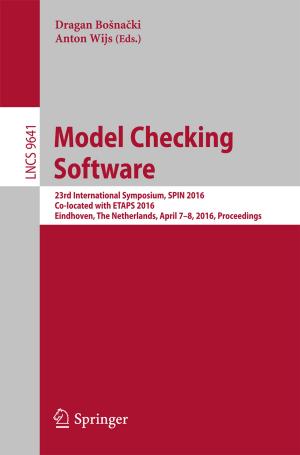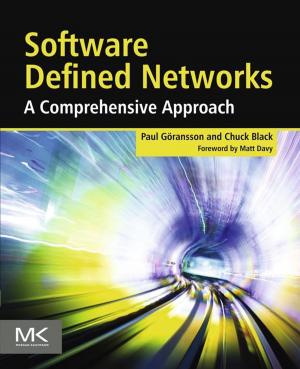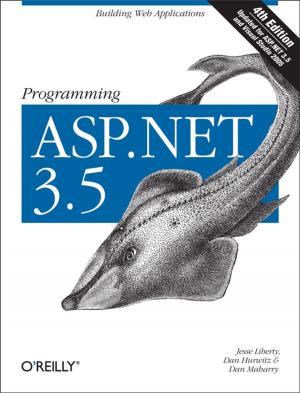BigData Analytics: Solution Or Resolution?
Nonfiction, Computers, Advanced Computing, Information Technology, Programming, Software Development| Author: | Binayaka Mishra | ISBN: | 9781370957200 |
| Publisher: | Binayaka Mishra | Publication: | June 26, 2017 |
| Imprint: | Smashwords Edition | Language: | English |
| Author: | Binayaka Mishra |
| ISBN: | 9781370957200 |
| Publisher: | Binayaka Mishra |
| Publication: | June 26, 2017 |
| Imprint: | Smashwords Edition |
| Language: | English |
In 1997, NASA researchers Michael Cox and David Ellsworth publish “Application-controlled demand paging for out-of-core visualization” in the Proceedings of the IEEE 8th conference on Visualization. They start the article with “Visualization provides an interesting challenge for computer systems: data sets are generally quite large, taxing the capacities of main memory, local disk, and even remote disk. We call this the problem of big data. When data sets do not fit in main memory (in core), or when they do not fit even on local disk, the most common solution is to acquire more resources.” It is the first article in the ACM digital library to use the term “big data.” Michael Lesk publishes “How much information is there in the world?”? Lesk concludes that “There may be a few thousand petabytes of information all told; and the production of tape and disk will reach that level by the year 2000. So in only a few years, (a) we will be able [to] save everything–no information will have to be thrown out, and (b) the typical piece of information will never be looked at by a human being.”
In 1997, NASA researchers Michael Cox and David Ellsworth publish “Application-controlled demand paging for out-of-core visualization” in the Proceedings of the IEEE 8th conference on Visualization. They start the article with “Visualization provides an interesting challenge for computer systems: data sets are generally quite large, taxing the capacities of main memory, local disk, and even remote disk. We call this the problem of big data. When data sets do not fit in main memory (in core), or when they do not fit even on local disk, the most common solution is to acquire more resources.” It is the first article in the ACM digital library to use the term “big data.” Michael Lesk publishes “How much information is there in the world?”? Lesk concludes that “There may be a few thousand petabytes of information all told; and the production of tape and disk will reach that level by the year 2000. So in only a few years, (a) we will be able [to] save everything–no information will have to be thrown out, and (b) the typical piece of information will never be looked at by a human being.”















